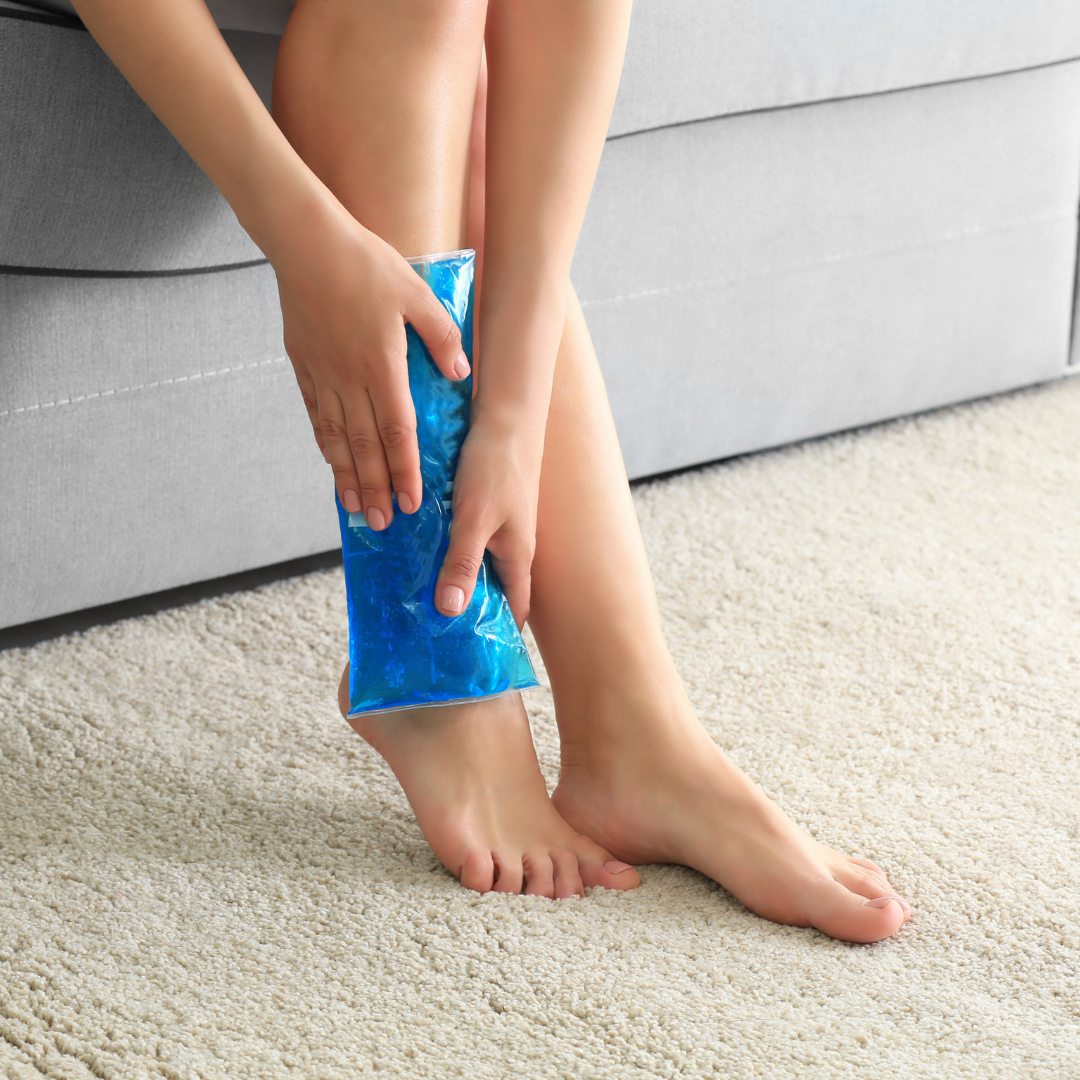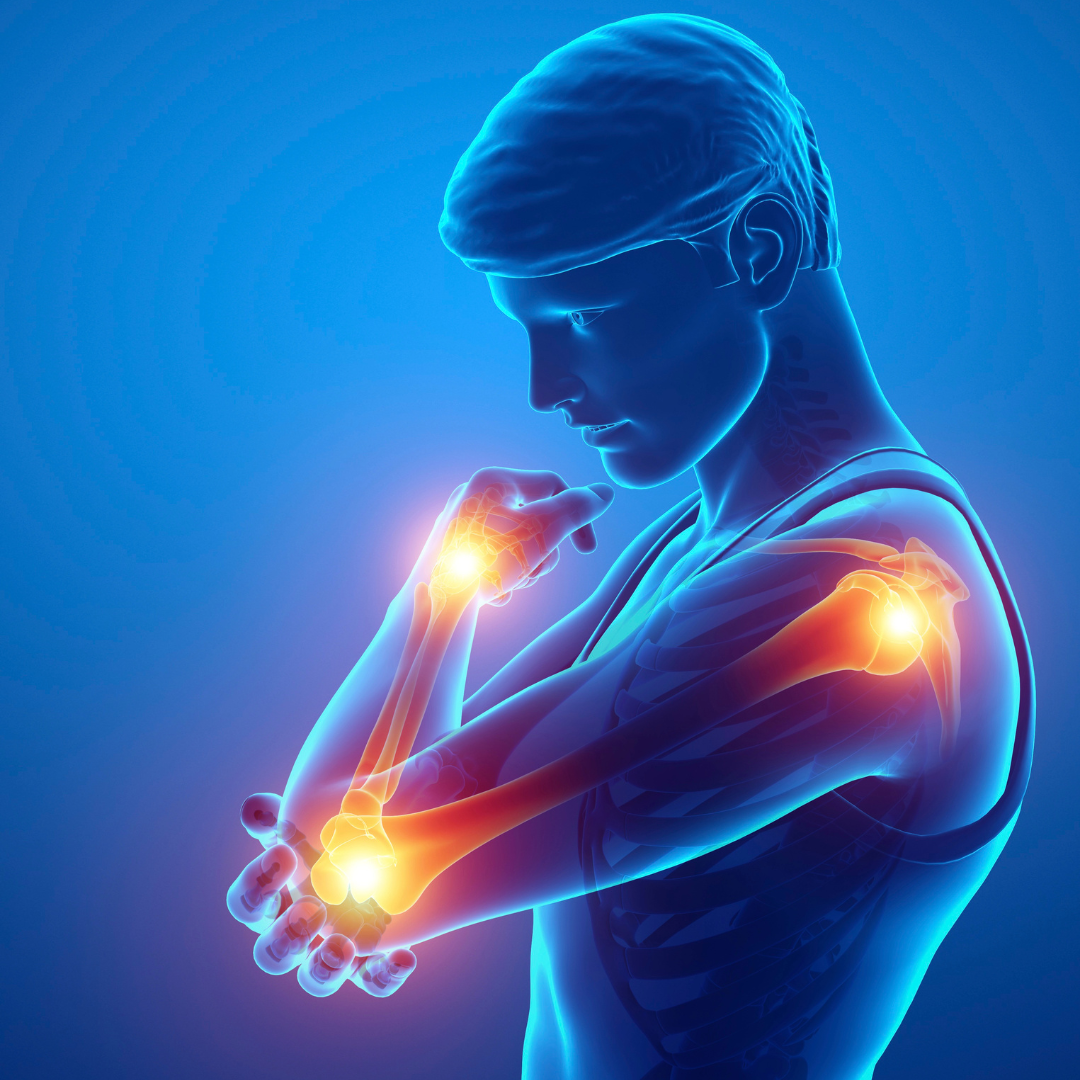Sprains and swelling are some of the most common injuries people face, whether from sports, exercise, or simply everyday movement. They can be painful, limit mobility, and make daily tasks challenging. For decades, cold therapy has been one of the most recommended treatments, trusted by athletes, doctors, and physical therapists alike. But how exactly does it work, and why is it so effective? Science provides clear answers.
How Cold Therapy Works
Cold therapy, also known as cryotherapy, involves applying a chilled source to the injured area. This reduces blood flow by causing blood vessels to constrict, which helps limit fluid buildup and swelling. At the same time, the cold numbs nerve endings, dulling pain and creating a soothing effect. By slowing down the body’s inflammatory response, cold therapy can prevent an injury from worsening in its early stages.
The Role of Swelling in Injury
When a joint or muscle is injured, the body sends blood, fluids, and immune cells to the area to start the healing process. While this is a natural and important response, it often leads to swelling and stiffness that can increase discomfort. Excess swelling may also delay recovery by restricting movement and adding pressure to surrounding tissues. Cold therapy helps keep swelling under control so the healing process can continue more efficiently.
Cold Therapy and Pain Relief
Science shows that cold therapy is particularly effective for pain relief. The numbing effect reduces the signals sent from nerve endings to the brain, making pain feel less intense. This is why many athletes and physiotherapists use ice or gel packs immediately after an injury. For sprains in the ankle, wrist, or knee, applying cold therapy quickly can make a significant difference in comfort during the first few days of recovery.
How to Apply Cold Therapy Safely
Although cold therapy is effective, it needs to be applied correctly to avoid skin or tissue damage. The cold source should never be placed directly on the skin; instead, a thin layer of fabric provides protection. Sessions should be limited to about twenty minutes at a time, with breaks in between to allow the skin to return to normal temperature. Products designed for this purpose, such as Calm Core’s gel compression wraps, maintain safe levels of cold while also providing the added benefit of compression to further reduce swelling.
Cold Therapy vs Heat Therapy
It is important to understand that cold and heat serve different purposes. Cold is most effective immediately after an injury to manage swelling and acute pain. Heat, on the other hand, is better for chronic stiffness and sore muscles once the initial swelling has subsided. Using cold therapy at the right stage is key to avoiding further irritation and ensuring faster recovery.
The Science in Practice
Research continues to support cold therapy as one of the most effective first line treatments for sprains and swelling. Clinical studies confirm its role in reducing pain, controlling inflammation, and promoting mobility. When combined with rest, elevation, and gentle compression, cold therapy offers a complete and drug free approach to recovery that is accessible to anyone at home.
Final Thoughts
Cold therapy is more than just an old fashioned remedy. It is a scientifically supported method that helps the body manage swelling, control pain, and recover efficiently after sprains. By applying it safely and at the right time, you can give your joints and muscles the best chance to heal. Calm Core’s gel compression wraps are designed to deliver both cold therapy and supportive compression, making them a simple and effective tool for managing injuries naturally.
👉 Discover Calm Core’s full collection of gel compression wraps for safe and effective cold therapy at CalmCore.




Leave a comment
All comments are moderated before being published.
This site is protected by hCaptcha and the hCaptcha Privacy Policy and Terms of Service apply.